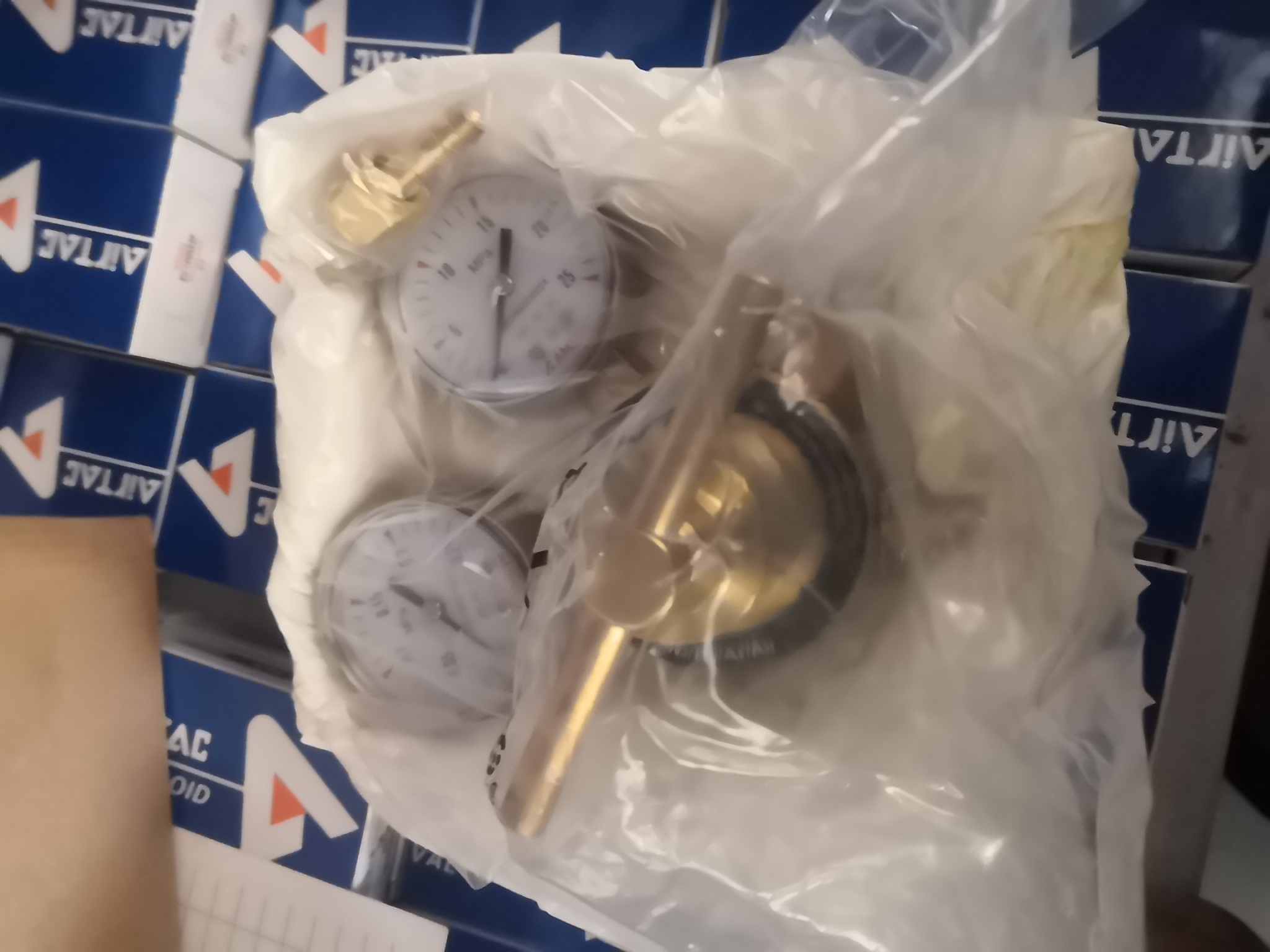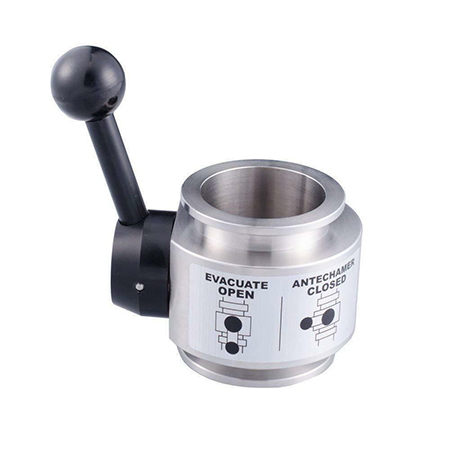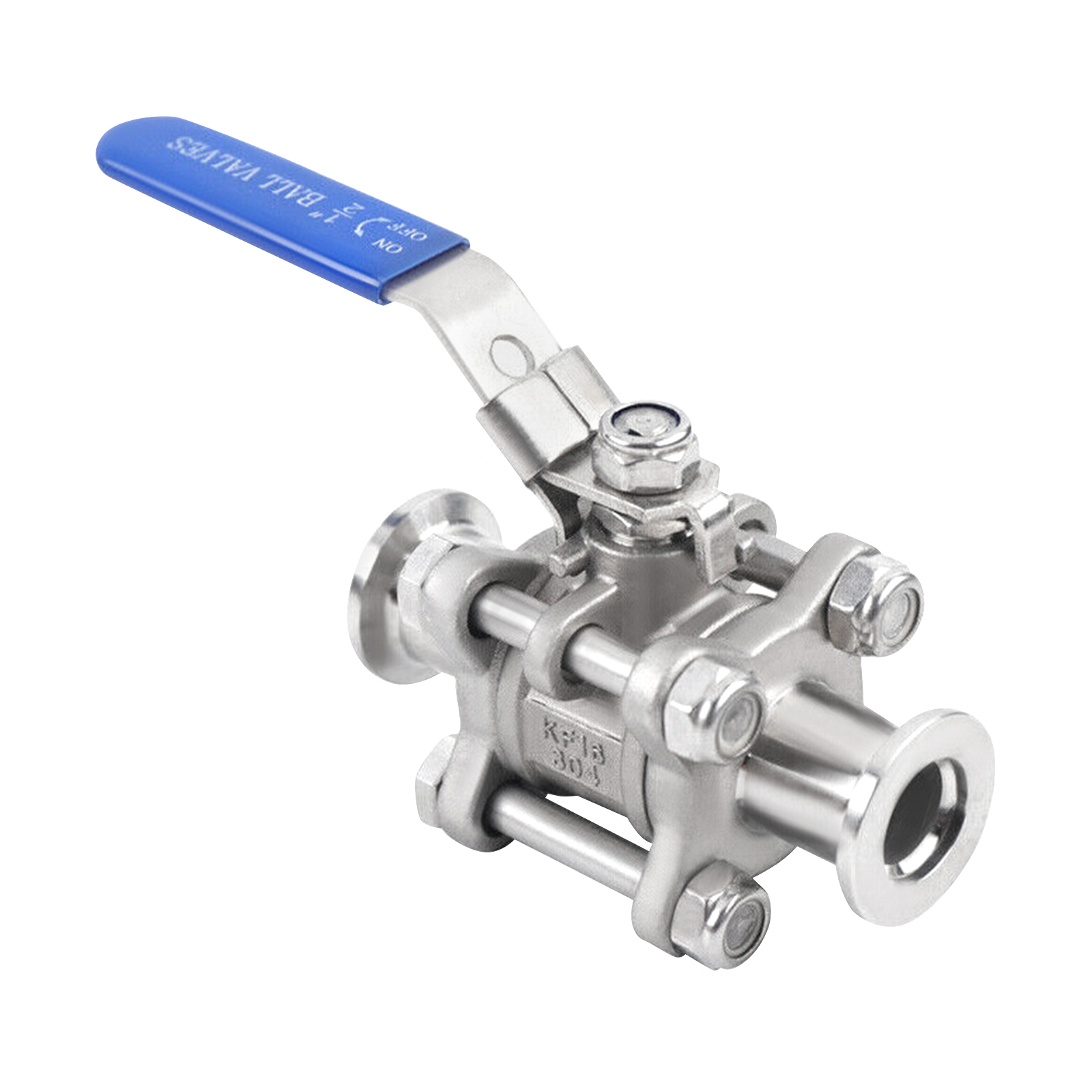
Working Principle of Air Pressure Reducing Valve
In physical and chemical experiments, gases such as oxygen, nitrogen, hydrogen, and argon are often used. These gases are generally stored in special high-pressure gas cylinders. When in use, the gas pressure is reduced to the range required by the experiment through the pressure reducing valve, and then finely adjusted by other control valves, so that the gas is input into the use system. The most commonly used pressure reducing valve is the oxygen pressure reducing valve, or oxygen meter for short.
- The working principle of oxygen pressure reducing valve
The appearance and working principle of the oxygen pressure reducing valve.
The high pressure chamber of the oxygen pressure reducing valve is connected to the steel cylinder, and the low pressure chamber is the gas outlet and leads to the use system. The indication of the high pressure meter is the pressure of the gas stored in the cylinder. The outlet pressure of the low pressure gauge can be controlled by the adjusting screw. When in use, first turn on the main switch of the cylinder, and then turn the low pressure gauge pressure adjusting screw clockwise to make the pressure reducing valve compress the main spring and drive the membrane, spring pad and ejector rod to open the valve. In this way, the imported high-pressure gas enters the low-pressure chamber from the high-pressure chamber after throttling and decompression, and then leads to the working system through the outlet. Rotate the adjusting screw to change the opening height of the valve, thereby adjusting the throughput of high-pressure gas and reaching the required pressure value.
In physical and chemical experiments, gases such as oxygen, nitrogen, hydrogen, and argon are often used. These gases are generally stored in special high-pressure gas cylinders. When in use, the gas pressure is reduced to the range required by the experiment through the pressure reducing valve, and then finely adjusted by other control valves, so that the gas is input into the use system. The most commonly used pressure reducing valve is the oxygen pressure reducing valve, or oxygen meter for short.
- How to use oxygen pressure reducing valve
(1) There are many specifications of oxygen pressure reducing valve according to different usage requirements. The maximum inlet pressure is mostly, the minimum inlet pressure is not less than 2.5 times the outlet pressure. There are many outlet pressure specifications, generally, the highest outlet pressure is.
(2) When installing the pressure reducing valve, make sure that its connection specifications are consistent with the joints of the steel cylinder and the used system. The pressure reducing valve and the steel cylinder are connected by a hemispherical surface, and the two are completely matched by tightening the nut. Therefore, the two hemispherical surfaces should be kept smooth during use to ensure a good airtight effect. High-pressure gas can be used to blow off the dust before installation. Materials such as polytetrafluoroethylene can also be used as gaskets when necessary.
(3) The oxygen pressure reducing valve should be strictly prohibited from contacting grease to avoid fire accidents.
(4) When the work is stopped, the remaining air in the pressure reducing valve should be discharged, and then the adjusting screw should be loosened to prevent the elastic element from being deformed under pressure for a long time.
(5) The pressure reducing valve should avoid impact and vibration, and should not come into contact with corrosive substances.
- Other gas pressure reducing valves
Some gases, such as nitrogen, air, argon and other permanent gases, can use an oxygen pressure reducing valve. But there are some gases, such as ammonia and other corrosive gases, which require special pressure reducing valves. Commonly available in the market are special pressure reducing valves for nitrogen, air, hydrogen, ammonia, acetylene, propane, and steam.
The usage and precautions of these pressure reducing valves are basically the same as those of oxygen pressure reducing valves. However, it should also be pointed out that special pressure reducing valves are generally not used for other gases. In order to prevent misuse, special connection ports are used between some special pressure reducing valves and steel cylinders. For example, both hydrogen and propane use left-hand thread, also called reverse thread, so special attention should be paid when installing.
View vacuum valves with low price and free shipping all over the world.







